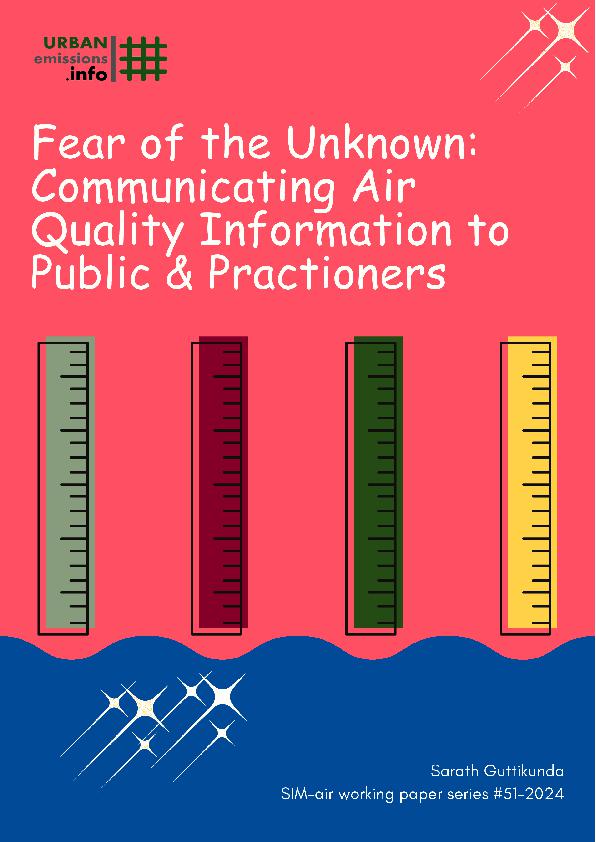Download the full document.
Simplifying information and the learning process makes it easier to communicate messages to the public, policymakers, managers, and practitioners. When complex data and concepts are broken down into clear, accessible language, it enhances understanding across all audiences. This approach not only helps the public engage with the issue but also equips decision-makers and practitioners with the knowledge they need to take informed actions and implement effective solutions.
 The State of the Global Air 2024 report estimates that 6.7 million premature deaths worldwide are linked to outdoor and household air pollution. Despite widespread recognition of the issue, clear World Health Organization guidelines, and advanced analytical systems available to support air quality managers, progress often stalls—especially in low- and middle-income countries. This is largely due to the “fear of the unknown,” stemming from a lack of data, misconceptions, and the perceived complexity of these systems. Training the next generation of managers, practitioners, and scientists to confidently tackle air pollution challenges is urgently needed.
The State of the Global Air 2024 report estimates that 6.7 million premature deaths worldwide are linked to outdoor and household air pollution. Despite widespread recognition of the issue, clear World Health Organization guidelines, and advanced analytical systems available to support air quality managers, progress often stalls—especially in low- and middle-income countries. This is largely due to the “fear of the unknown,” stemming from a lack of data, misconceptions, and the perceived complexity of these systems. Training the next generation of managers, practitioners, and scientists to confidently tackle air pollution challenges is urgently needed.
This working paper (link to all working papers) catalogs examples that have successfully simplified air pollution theory, making it more accessible for public awareness efforts targeting a broader audience. It also provides resources to help bridge knowledge gaps between the public and the air pollution modeling community. The paper covers communication methods such as videos, photos, comics, doodles, posters, primers, and installations, along with information simplification tools like indexes and calculators . It also explores their practical applications and operational strategies for effectively conveying air pollution data.
